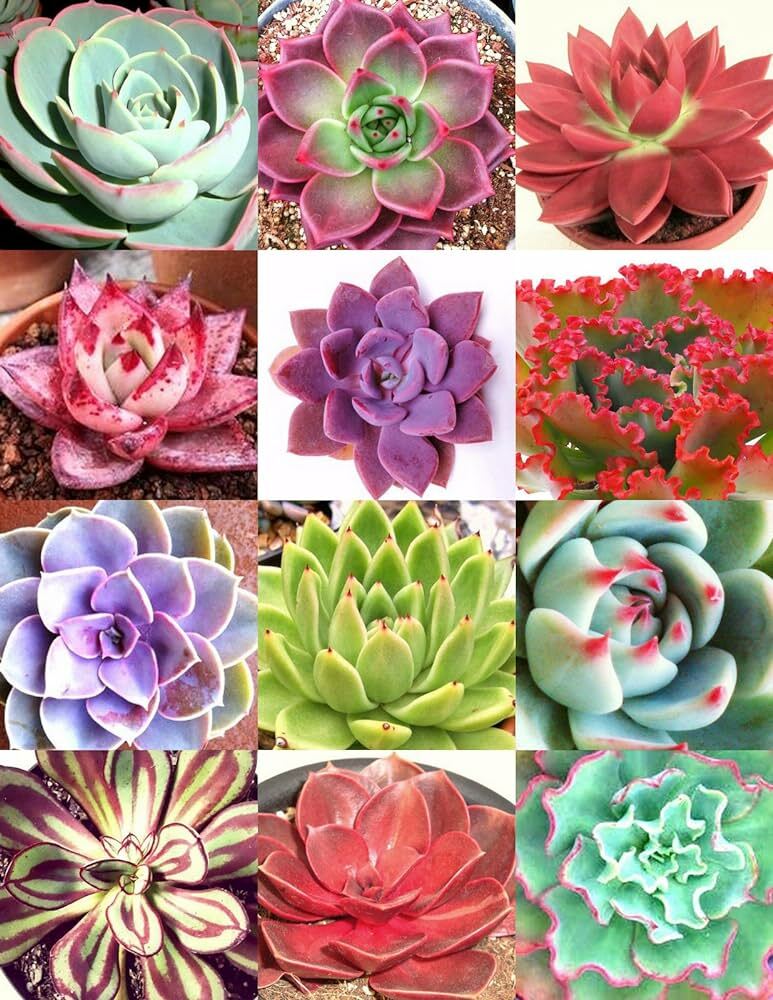Building Resources In A Pandemic With A Greenhouse
Jan 11, 2021
Building Resources In A Pandemic With A Greenhouse
The accessibility of growing your plant vegetables has advanced more today because of the technology growth in the agricultural industry. Using a greenhouse is convenient and resourceful for anyone to grow their food. However, when a pandemic hits the entire world, resources may be challenging to acquire for health or personal reasons. A greenhouse is a sensational asset to your home during the pandemic because it provides the ability for you to grow your plants and vegetables while at home.
Why Would A Greenhouse Be Beneficial In A Pandemic?
The greenhouse was designed to provide the demands of royalty back in the 13th century. It gave farmers the ability to grow and reap desired vegetables and plants for those that required medicinal and necessary nourishment. As technology continues to advance through the years, the greenhouse thrived and developed to sustain healthy living and regular everyday lives.
When pandemics hit in specific areas, those that are quarantined to stay at home or cannot go out and about to get resources for nourishment, a greenhouse is a highly sought after tool. A greenhouse can be placed anywhere to provide individuals with earlier growth times and stable temperatures, which promote the plants and vegetables to grow healthy and naturally. A greenhouse uses a solar mass technique to enhance the growth rate of plants for faster production reasons. Because of greenhouse capabilities, individuals can grow different plants and vegetables on their own.
A few of the top benefits to having your own greenhouse are:
* The ability to have various plants and vegetables that can be gardened in difficult weathering conditions.
* They maintain the nutritional needs of the household.
* Greenhouses keep rodents and other pests outside to help protect plants.
* The overall operating costs are lower.
* Greenhouses provided an Eco-friendly way of preventing pollution.
* Greenhouses give the ability for individuals to experience gardening even if they are new to it.
* Individuals can grow plants and vegetables without using pesticides.
* Greenhouses are diverse and give homeowners the ability not to drive out and obtain fruits and vegetables.
* Greenhouses make pandemics less stressful as they provide resources for the household's food and nutritional needs with quick return rates.
* They are fun and can keep individuals' hands busy if a pandemic or quarantine exists.
* The educational value of learning the greenhouses' ins and outs is highly sought-after and obtainable with the greenhouse.
* Greenhouses are portable and easy to maintain.
*Perennials are an excellent choice for growing.
Making A Greenhouse
Creating or building your greenhouse is relatively easy and not as expensive as many may think. A greenhouse provides a perfect atmosphere and growing seeds into plants and trees for nutritional purposes. Different greenhouses can be built from scratch that may be the right fit for the household. Before going into just grabbing all the greenhouse materials, there are a few things to consider before starting.
For example, there are specific areas that do not allow extra buildings built on properties. Therefore you check with your homeowners' association or your local community standards to either get approvals or see if they allow it in your area. There are smaller greenhouses that don't require building permits that are easy to build and maintain. However, it's still a good idea to check in with your area's guidelines before proceeding.
You will also want to consider the greenhouse plan when it will be placed on the property because the sun is required for a greenhouse to be efficient. The average time frame that a greenhouse needs to see the sun is around 5 to 6 hours a day, where there is little to no snow to collapse, and the climate can run efficiently.
The next thing you need to consider about making materials and your framing. Ask yourself what types of materials you plan to use, whether it's going to be wood or metal, glass, or consider polyethylene sheeting. Floor materials are also a hot topic for greenhouses because you want to have a durable or plan to withstand unfamiliar elements, including mud and dirt. Building your greenhouse is a wise decision through a pandemic because it gives you the ability to regulate temperatures and optimize what environments and plants you want for your household. There are plenty of products on the market that help with temperature regulation and materials; therefore, do thorough research before jumping in.

DIY And Building My Greenhouse
Follow the steps below to build your greenhouse during the pandemic.
1. Do your research on greenhouses to get a better feel of the project you're about to venture on.
2. Check with your local area guidelines to ensure that building a greenhouse is approved or if you're going to need a permit.
3. Consider the greenhouses and the size, then do additional research to find what greenhouse will fit your style and budget.
4. Draw plans to build the frame of the type of greenhouse you want to make, as every greenhouse has different types of structures, and having the right frame size is the first primary step to an efficient greenhouse.
5. Find the door and hardware that your greenhouse will need, as it will be a critical step to keeping the structure together and allowing you accessibility to the greenhouse.
6. Choose the type of coverage that will fit your greenhouse structure. There are original materials that offer take these ratios, thickness, durability, and longevity.
7. Consider the ventilation for heating and cooling with temperature climate products to stabilize the climate inside the greenhouse. Then research the type of products that will work best for your greenhouse. You also want to investigate the type of controls that can maintain the claimant with advanced computer modules, which depend on greenhouses, and lower the maintenance on your behalf.
8. Look at your greenhouse design aspects and consider if you're going to use benches or if your plan sets for different types of products to hold all of your plants.
9. Order the products you have outlined in your plan and your budget.
10. Build your greenhouse, ensure every part of your plan and greenhouse design is followed to a T with sizes and products that you order. The plan will help you successfully build a greenhouse from start to finish, and the products you have obtained will help you stabilize the entire greenhouse and promote optimal growth inside when you get ready to plant plants in the future. Hanging ferns, trillium and Virginia Bluebells are a great choice for any green house.
Types Of Plants And Vegetables To Consider Growing In A Greenhouse
After you have your greenhouse established, the next and most exciting part of the greenhouse is to see the plants and vegetables to grow. Sometimes starting a greenhouse can feel overwhelming for beginners; however, after a few times playing with different vegetables, a beginner will easily have experience and knowledge of the greenhouse. The best way to get started choosing the right plants and vegetables, especially during a pandemic, is to make a plan.
Planning is everything with a greenhouse because some plants require more space, while others require specific types of temperatures. You want to check with how much space have and the type of soil and water sources, and the temperature capabilities before you even go out and get the seeds of the plants you're going to consider. Once you have all that taking care of, consider the following plants, which provide a consistent supply of nutritional and healthy plants to sustain your lifestyle.
Green onions, carrots, previous spinach, turnips, eggplant kale, micro-greens, salad greens, tomatoes, raspberries, cucumbers, yellow and red peppers, cherries, chilies, lemons, mint, herbs like cilantro and sage, rosemary, and lavender, all of which are relevant to have in a pandemic and your lifestyle. These fruits and vegetables are fun to grow and taste even better when added to your meals.

Final Thoughts
Overall, building a greenhouse in a pandemic reaps so many benefits that will benefit your home and give you a relaxed and fun experience that is well worth sustaining now and in the future. Building your greenhouse is easy once you understand the process and you have done thorough research to grab the perfect amount of materials.
After your greenhouse is built, you can consider the spacing and temperature needs of the types of plants you want to grow then you can venture out. Experience growing your vegetables and plants during a pandemic so you can avoid having to go to the local store. A greenhouse is a wise decision for every homeowner and individual worldwide if they're looking to provide self-sustenance and entertainment during a pandemic that requires you to stay at home. Plus, it can enhance your knowledge of different types of plants and vegetables beneficial to your lifestyle.

 Native Ferns
Native Ferns
 Native Mosses
Native Mosses
 Native Perennials
Native Perennials
 Native Ground Covers
Native Ground Covers
 Native Trees
Native Trees
 Shop By Zone
Shop By Zone
 Flowering Groundcovers
Flowering Groundcovers
 Evergreen Groundcovers
Evergreen Groundcovers
 Pollinators
Pollinators
 Shop Bloom Color
Shop Bloom Color
 Perennials By Zone
Perennials By Zone
 Medicinal Herb Plants
Medicinal Herb Plants
 Spring Bulbs
Spring Bulbs
 Trillium
Trillium
 Ferns for Zone 3
Ferns for Zone 3
 Ferns for Zone 4
Ferns for Zone 4
 Ferns for Zone 5
Ferns for Zone 5
 Ferns for Zone 6
Ferns for Zone 6
 Ferns for Zone 7
Ferns for Zone 7
 Ferns for Zone 8
Ferns for Zone 8
 Christmas bows
Christmas bows
 Fresh Wreaths
Fresh Wreaths
 Garlands
Garlands
 Holiday Gift Trees
Holiday Gift Trees
 Large Pine Cones
Large Pine Cones
 Live Mistletoe
Live Mistletoe
 Shop Trees By Zone
Shop Trees By Zone
 Tree Seedlings
Tree Seedlings
 Fast Growing Trees
Fast Growing Trees
 Pine Trees
Pine Trees
 Live Stakes
Live Stakes
 Evergreens
Evergreens
 Cactus
Cactus
 Combos
Combos
 Echeveria
Echeveria
 Haworthia
Haworthia
 Sedum - Stonecrop
Sedum - Stonecrop
